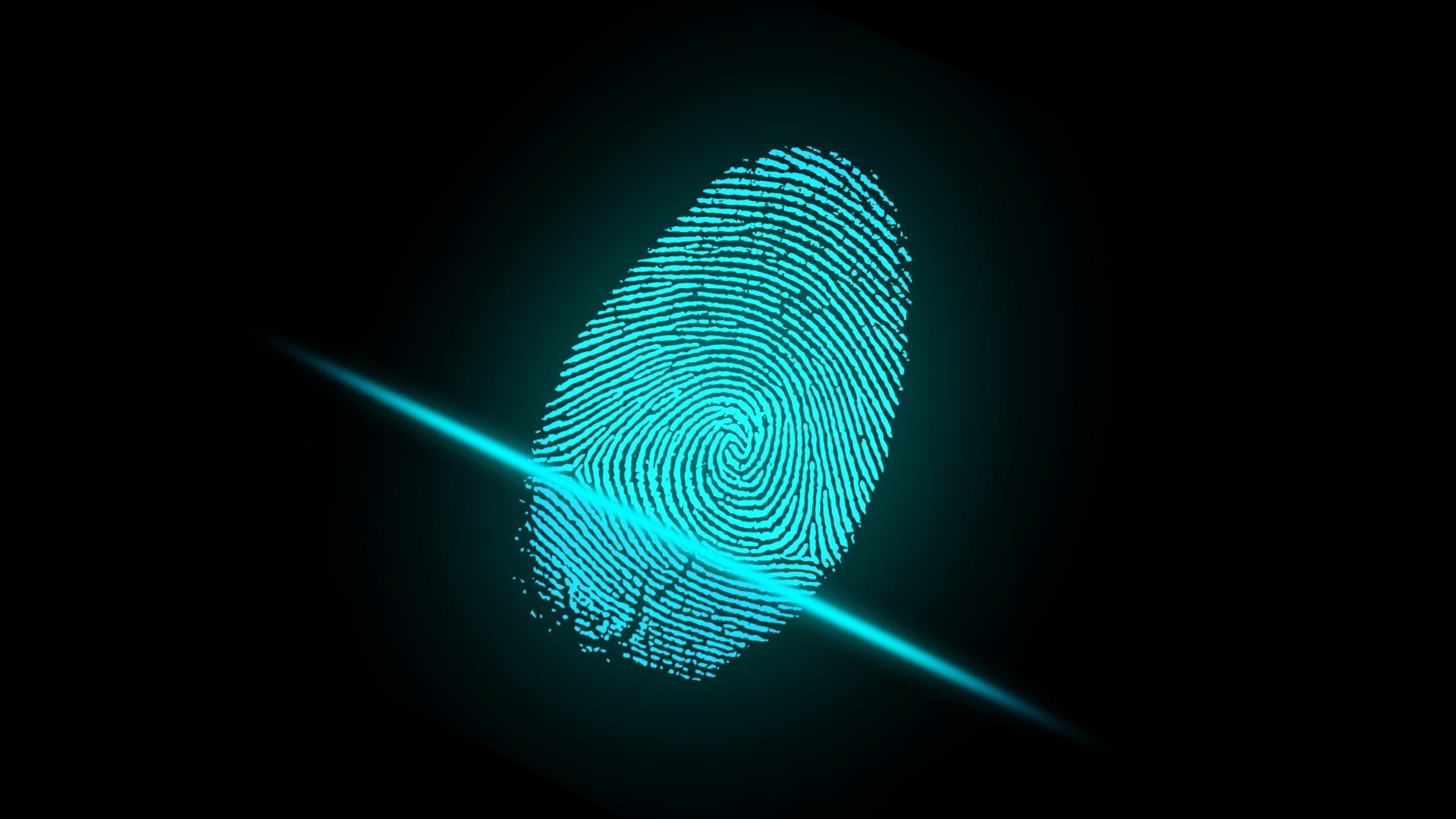Let’s get digital: navigating the evolution of identity
Tech revolution: digital identities redefine global landscape

Remember when the internet was young and fresh? We were sure it was going to change the world, but we weren’t quite sure how. Looking back, it was the beginning of the Digital Age, the start of an entire technology revolution. And today we are at the start of another.
Generative AI may have grabbed most of the headlines in the last year, but there is a second technology transformation occurring in parallel – the move to digital identities. Together, these two forces are already reshaping how we live and work and how the global economy operates.
Around the world, nations are reimagining the very essence of identity verification and in some geographies, the initial move from tradition to digital identity is underway.
A number of factors are driving this paradigm shift:
- Integrating digital identity protection into companies’ security protocols is now an essential part of safeguarding online transactions.
- Because of the level of online fraud and growing concerns about consumer welfare, governments worldwide are scrutinizing digital identity frameworks.
- In places where it has been tested, people value the convenience of being able to safely access identity documents across their devices.
Senior Vice President of Identity at Mitek.
Diverse paths to a unified vision
While these influences are similar around the world, the way countries are responding differs.
Physical-first is the current standard. In most regions and countries, identity documents are still physical. In the U.S., for example, if you are an Apple customer, you can scan your driver's license, store it in your phone's digital wallet and call it up whenever you need to confirm your identity. However, the digital image in the wallet isn't issued by a state's Department of Motor Vehicles. While it is a verifiable credential, it isn't a true digital identity document.
More recently, digital-first identity systems offer a true digital credential. While a physical version may or may not be available, the digital version is recognized in the same manner as the physical one. For example, Estonia issues digital driver's licenses as part of its e-identity program, while India has rolled out the largest national digital identification program in the world.
Are you a pro? Subscribe to our newsletter
Sign up to the TechRadar Pro newsletter to get all the top news, opinion, features and guidance your business needs to succeed!
The development of individual-first digital identities
Several countries and organizations are already creating technical standards drafts that focus on the practical aspects of creating a secure digital identity system. They are looking into how a person will register or enroll, how the information that person provides will be authenticated and how federation will be created across governmental and geographic boundaries.
Although these points are essential, we need to also look into the development and adoption of those standards within a larger individual-first digital identity ethical framework.
An individual-first digital identity system would ensure that people and their rights are at the centre of any digital identity system. It would provide the benefits of digital identities—the highest levels of online security and safety available—while, at the same time, giving consumers and governments confidence that personal identity information would be respected.
An individual-first identity system would be centered around a person's right to control their own identity and related data. At its most basic, it would require:
- Individual consent before the collection of personally identifiable information.
- Full transparency about how, where and by whom an individual's information could be used as well as the ability to remove personal information if asked.
- A strong focus on privacy and security by design, an ability to recover individual identity data if it's lost or compromised, and provisions for strong enforcement.
Facilitating individual-first identities
Technology leaders can play an important role in shaping individual-first digital identities. The fundamental question before us: how can we actively influence and foster the development of such identities?
- Firstly, we must reimagine the concept of identity. It transcends mere documentation; it embodies the unique attributes of each individual. Shifting our mindset from document-centric to rights-based identity enables us to focus on granting individuals the entitlements they rightfully deserve. For example, accessing financial accounts, crossing borders, or making travel arrangements.
- Secondly, practicality should guide our approach. Identifying essential identity verification requirements and tailoring business models accordingly ensures efficiency without compromising privacy.
- Lastly, every initiative must be founded on ethical principles. Avoid collecting unnecessary data, make sure you obtain explicit consent, and handle information with care and transparency. Seamless execution, coupled with a stellar customer experience, reinforces trust and integrity in the digital identity ecosystem.
Time is of the essence. As digital identities grow more prevalent, our influence allows us to shape the trajectory of individual-first digital identities. We must ensure universal accessibility and safety, whilst establishing trust in online interactions for both businesses and consumers.
We've featured the best identity theft protection for families.
This article was produced as part of TechRadarPro's Expert Insights channel where we feature the best and brightest minds in the technology industry today. The views expressed here are those of the author and are not necessarily those of TechRadarPro or Future plc. If you are interested in contributing find out more here: https://www.techradar.com/news/submit-your-story-to-techradar-pro
Senior Vice President of Identity at Mitek Systems.